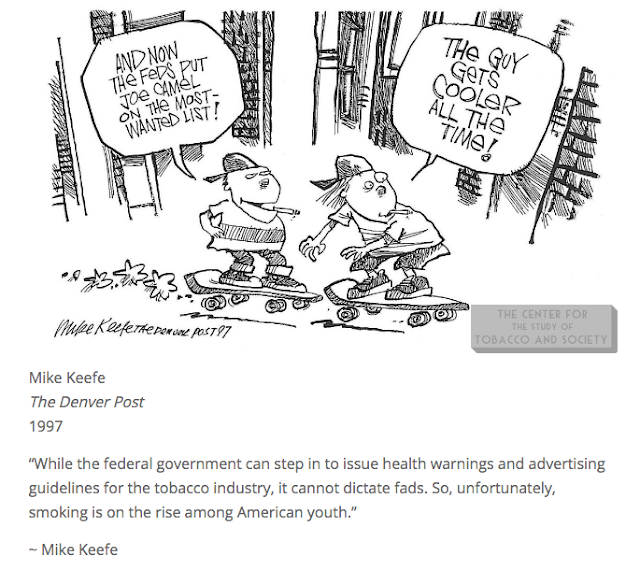Fig. 1: AboutImages
For the next 50 years perspectives on what defined visual literacy ranged from aesthetics to neurophysiology, but in the last decade educators have finally agreed somewhat on what the term can mean (Michelson 2017).
As outlined in the ACRL Visual Literacy Competency Standards for Higher Education (2011), the visually literate person should be able to do the following:
- Determine the nature and extent of the visual materials needed
- Find and access needed images and visual media effectively and efficiently
- Interpret and analyze the meanings of images and visual media
- Evaluate images and their sources
- Use images and visual media effectively
- Design and create meaningful images and visual media
- Understand many of the ethical, legal, social, and economic issues surrounding the creation and use of images and visual media, and access and use visual materials ethically (Hattwig 2011)
This, of course is targeted (as titled) for HIGHER EDUCATION. But what about children, specifically in grades k-8? Is visual literacy something that children need to be educated on? And is visual education, at any young level, even possible?
Fig. 2: Yarruta
Paul Messaris, in his book Visual Literacy; Image, Mind & Reality notes that you learn how to interpret media through experience AND instruction, similar to learning a language. And the more the experience with visual media, the greater the interpretation. Visual education can also possibly increase awareness of media manipulation, as well as increase appreciation for the artistic skill in its creation (1994).
Children are natural observers of the image. They learn to 'read' visuals well before the written word. Case in point -----have you ever googled the word 'ELMO'
Fig. 3: Google Images "Elmo" search (screenshot by author)
Its scary, I know I'm sorry. But any kid from 1990-2000 could identify this guy faster than their own parents.
And don't forget the 'Joe Camel' incident of 1991, when claims came out that more children could identify the smoke-wanting camel than Mickey Mouse or Fred Flintstone(1):
In todays society, children are literally bombarded with media and images, educational, art, video games, memes, television, movies, social media, apps, interest boards.....
even if parents are heeding to pediatric recommendations of 2 hour limits for screen time (Ghose 2013) some kids average 8! Teens up to 11! Keeping to just two hours daily still equals over 5,800 hours of media and image consumption by AGE 10! (and that's if they don't start until age 2).
What kind of education are we giving our kids about what they are visually consuming?
How much money is spent every year (and how many hours of our American 'First Lady's time) on educating kids about what they are taking in physically, i.e. on making healthy food choices? (even McDonald's tries to promote the 'healthy' part of a happy meal).
What about our children's intellectual, emotional, spiritual health?
They are getting the 'experience.' But where is the INSTRUCTION!
Fig. 4: McMurdo 2015.
Figure 1. ABOUTIMAGES. Education. Envato [online] available at: https://elements.envato.com/education-PRTXRYU [accessed with rights 15 July 2019].
Figure 2. YARRUTA. Innovation Technology and Education Concept. Envato [online] available at: https://elements.envato.com/innovation-technology-and-education-concept-P7KHPLC [accessed with rights 15 July 2019].
Figure 3. Google Images "Elmo" Search (screenshot by author) [accessed 15 July 2019]
DEBES, J. L. 1974. “Chapter 8. visual literacy,” American Education in the Electric Age: New Perspectives on Media and Learning, ed. Peter L. Klinge (Englewood Cliffs, N.J.: Educational Technology Publications, 1974), 113
Figure 4. Wendy MCMURDO. 2015. Algorithmic Children; Algorithmic Girl iv. Available Online at: http://wendymcmurdo.com/photography/algorithmic-children/ [accessed 15 July 2019]
GHOSE, Tia. 2013. "Pediatricians: No More Than 2 Hours Screen Time Daily For Kids." Scientific American. Available at: https://www.scientificamerican.com/article/pediatricians-no-more-than-2-hour-screen-time-kids/ [accessed 15 July 2019].
HATTWIG, Denise, et al. 2011. ACRL
Visual Literacy Competency
Standards for Higher Education Association of College and
Research Libraries (ACRL) [online] Available at:
http://www.ala.org/acrl/standards/visualliteracy [accessed 15 July 2019]
MESSARIS, Paul. 1994. Visual Literacy; Image, Mind, & Reality. Westview Press: Oxford.
MICHELSON, Alan. 2017. "A Short History Of Visual Literacy; the First Five Decades." Art Libraries Journal. Cambridge University Press. [online] Available at: https://eds-a-ebscohost-com.byui.idm.oclc.org/eds/pdfviewer/pdfviewer?vid=2&sid=ad3c67aa-52a8-4a9e-a212-ce8b417f9096%40sessionmgr102 [Accessed 15 July 2019]
MICHELSON, Alan. 2017. "A Short History Of Visual Literacy; the First Five Decades." Art Libraries Journal. Cambridge University Press. [online] Available at: https://eds-a-ebscohost-com.byui.idm.oclc.org/eds/pdfviewer/pdfviewer?vid=2&sid=ad3c67aa-52a8-4a9e-a212-ce8b417f9096%40sessionmgr102 [Accessed 15 July 2019]
(1)University of Alabama, College of Community Health Sciences, Center for the Study of Tobacco and Society. [online] Available at: https://csts.ua.edu/cartoonists/the-industry/joe-camel/#toggle-id-1 [accessed 15 July 2019].








No comments:
Post a Comment